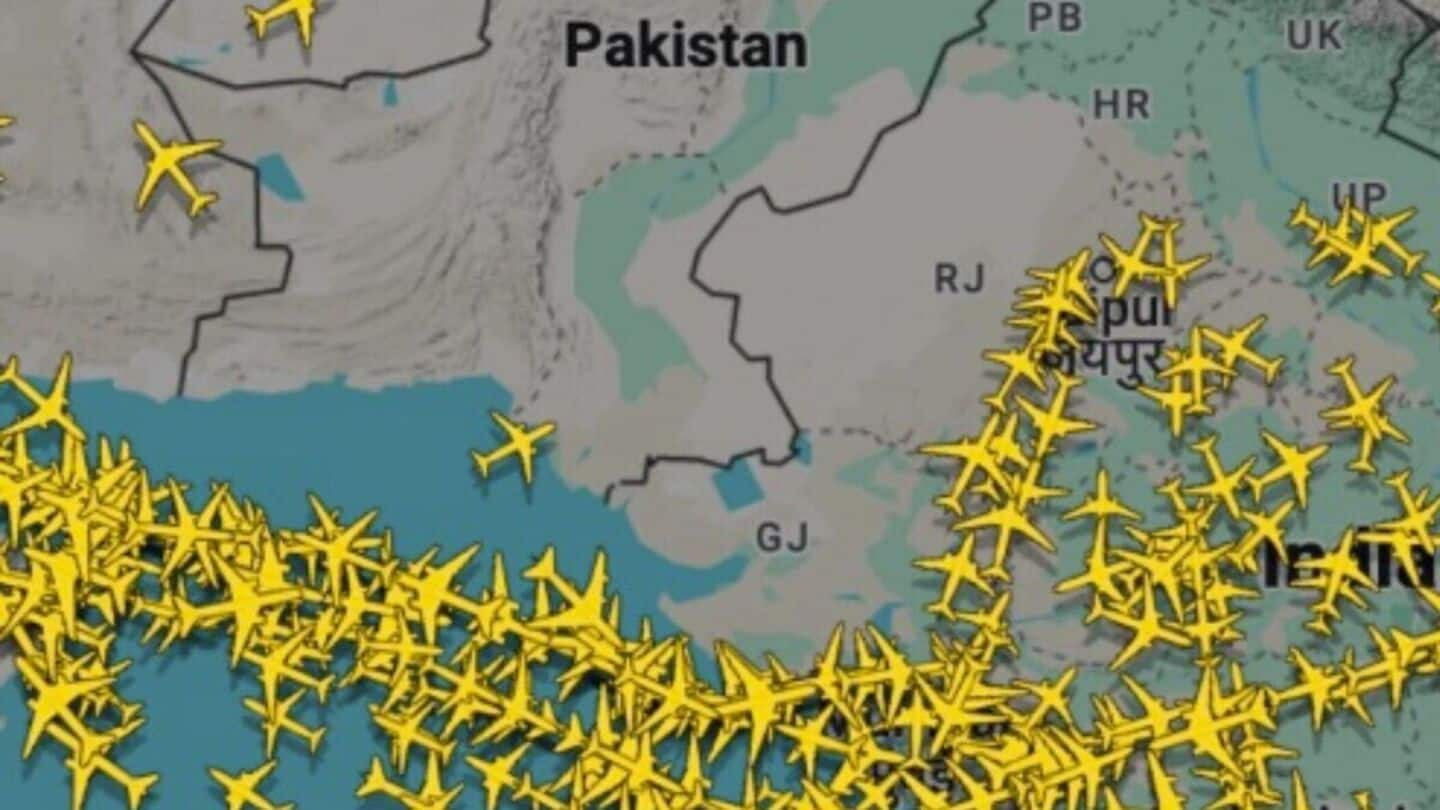
India's airspace ban on Pakistan extended until October 24
What's the story
India has extended its airspace ban on Pakistani airlines and aircraft until October 24. The decision comes after Pakistan issued a new notice to airmen (NOTAM) extending its own ban on Indian aircraft. The reciprocal move marks the sixth month of mutual airspace restrictions between the two countries. The tensions began after a terror attack in Pahalgam, Kashmir, in April, leading to Pakistan closing its airspace for Indian aircraft on April 24.
Flight disruptions
Impact on Indian airlines
About 800 flights a week by Indian airlines have been affected because Pakistani airspace remains closed. These flights usually fly from North India to regions such as West Asia, Europe, the UK, and North America. The ban has forced these airlines to take longer routes, increasing flight durations by up to several hours depending on the destination. This has led to higher fuel consumption and operational costs for the airlines.
Minimal effect
Minimal impact on Pakistan's airlines
On the other hand, Pakistan's airspace closure has had a minimal impact on its airlines. Pakistan International Airlines (PIA) operates very few international flights due to its financial struggles. According to aviation analytics firm Cirium, only six PIA flights per week fly over India. In contrast, Indian carriers like Air India and IndiGo have been significantly affected, as they operate international flights that used to fly over Pakistani airspace.
Economic impact
Financial implications for Indian carriers
The financial implications of the airspace closures are huge for Indian airlines. In 2019, similar restrictions by Pakistan led to an estimated loss of ₹700 crore for Indian carriers due to increased fuel expenses and operational difficulties. Air India, which is now part of Tata Group, has estimated that the current closure will cost it around $600 million annually.